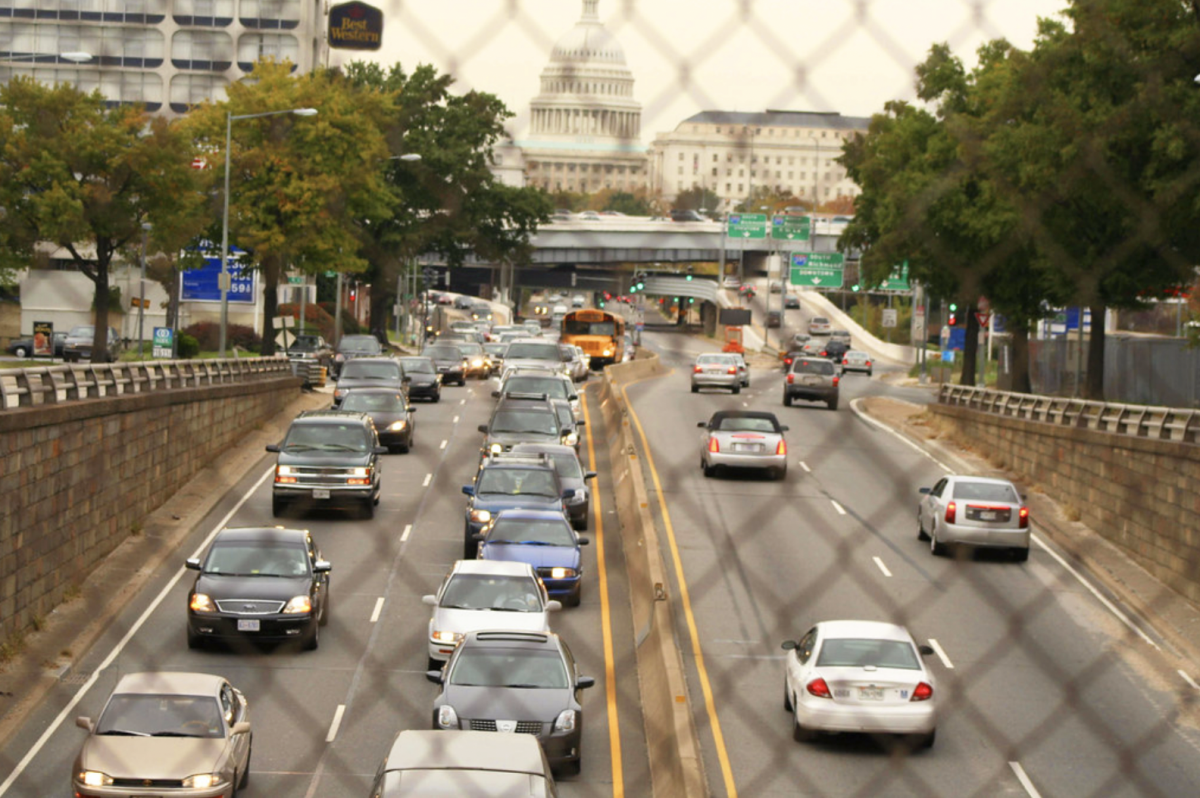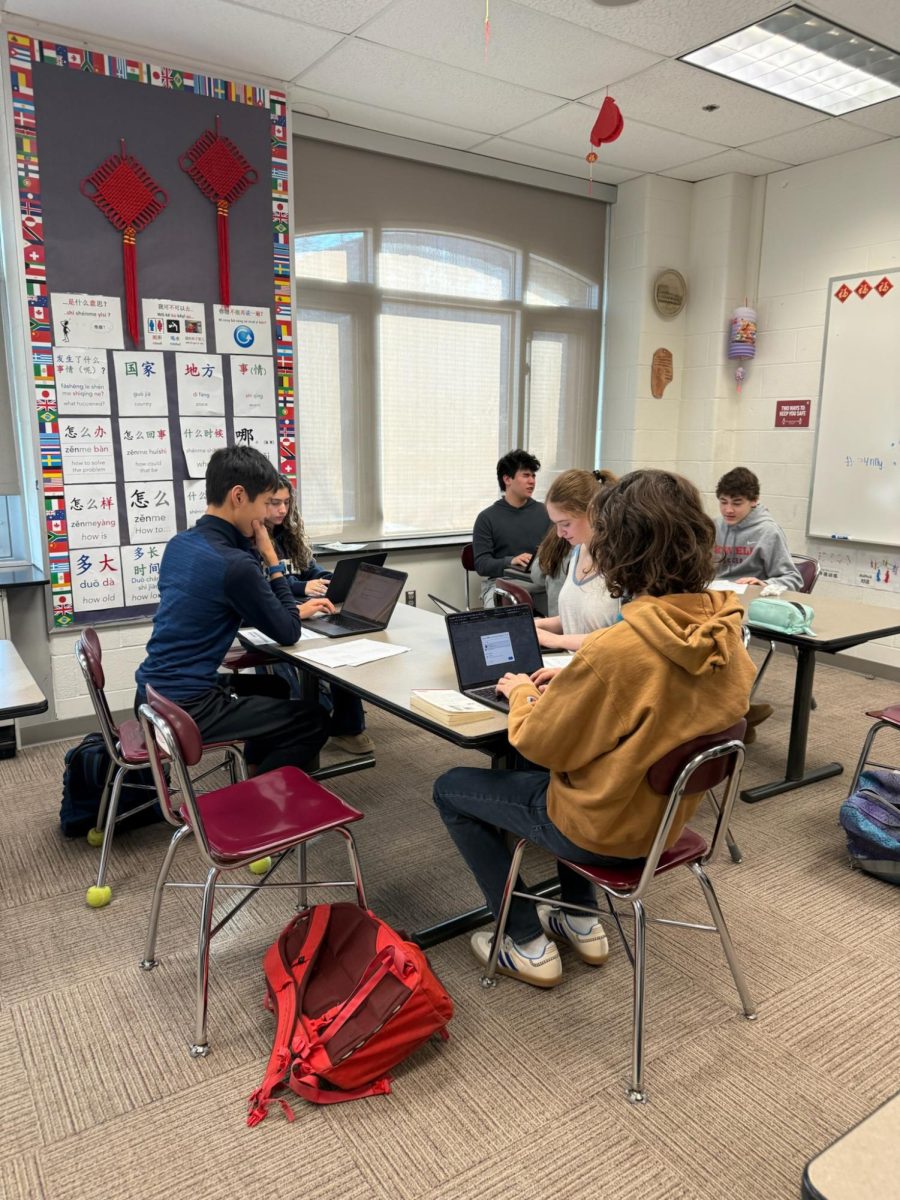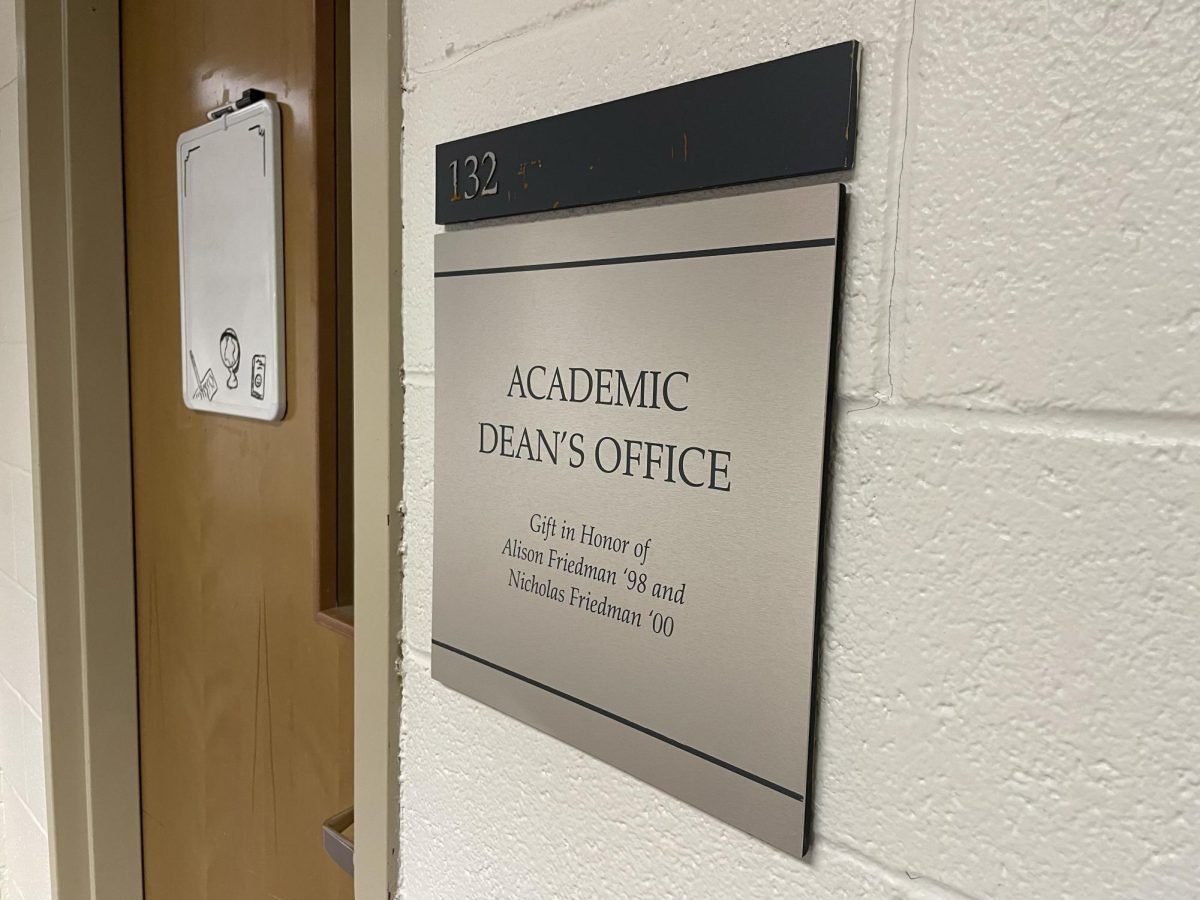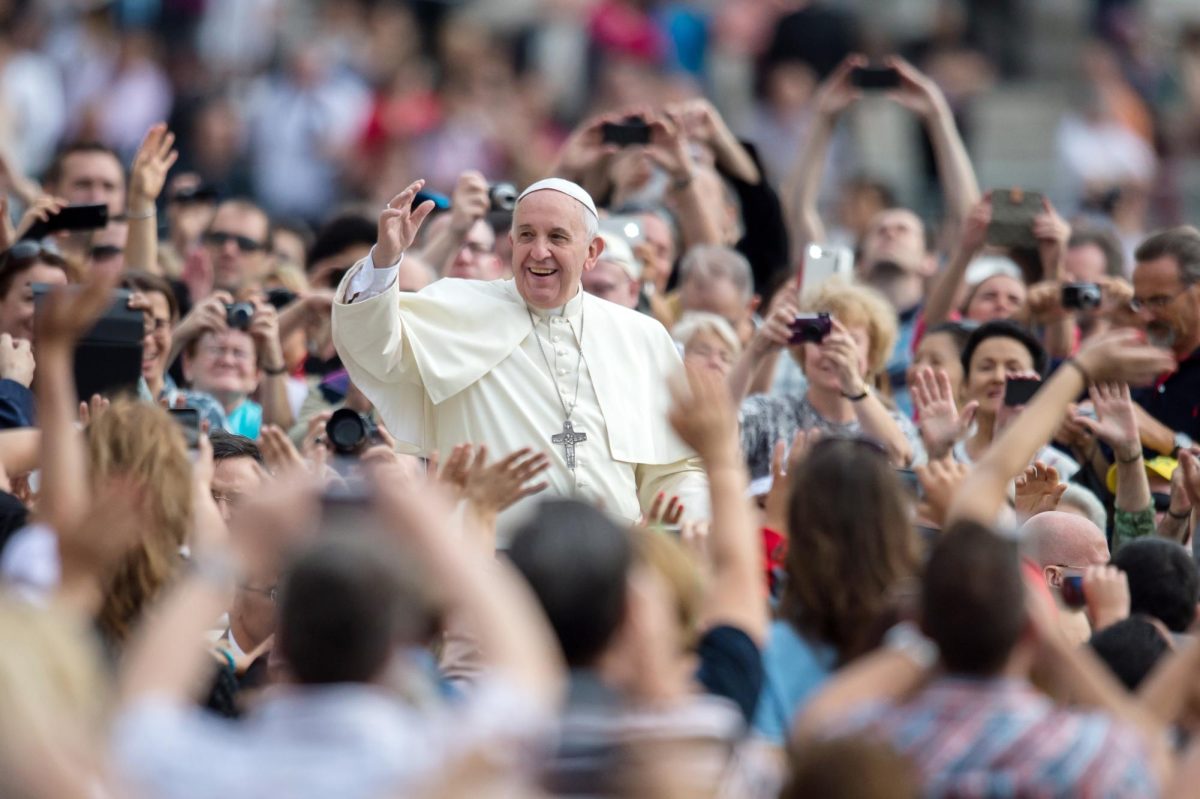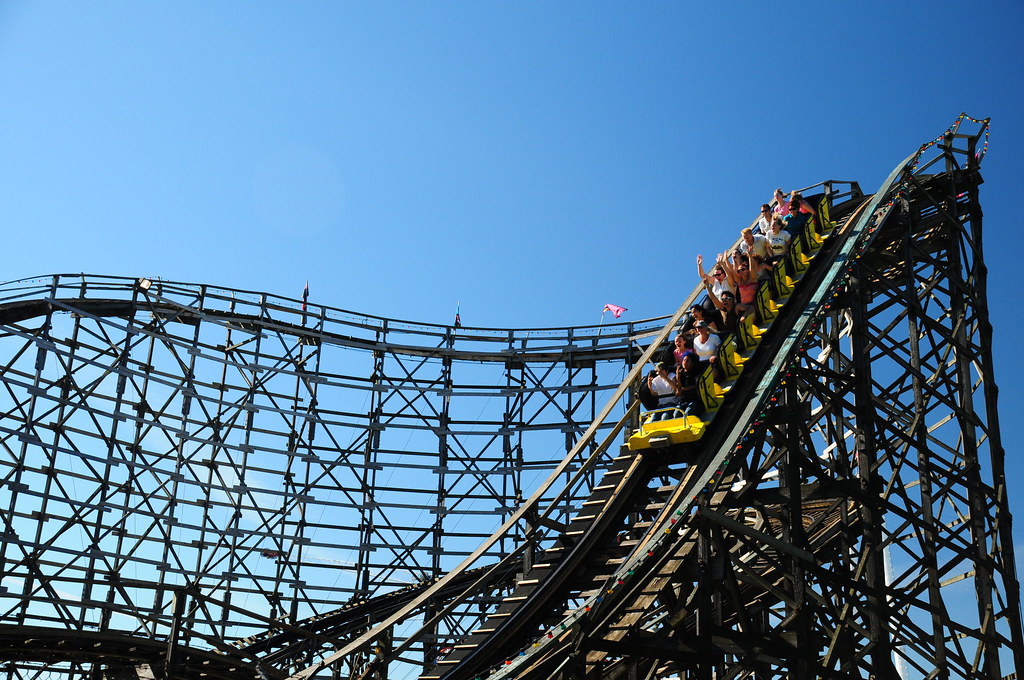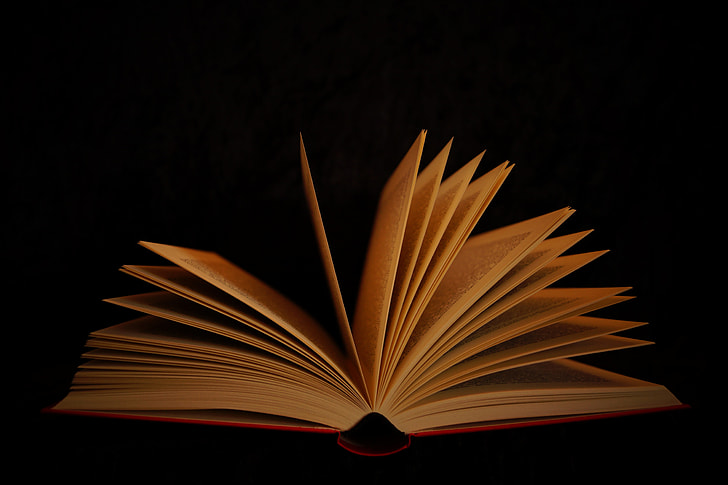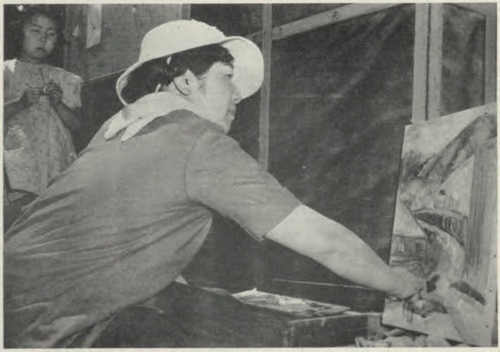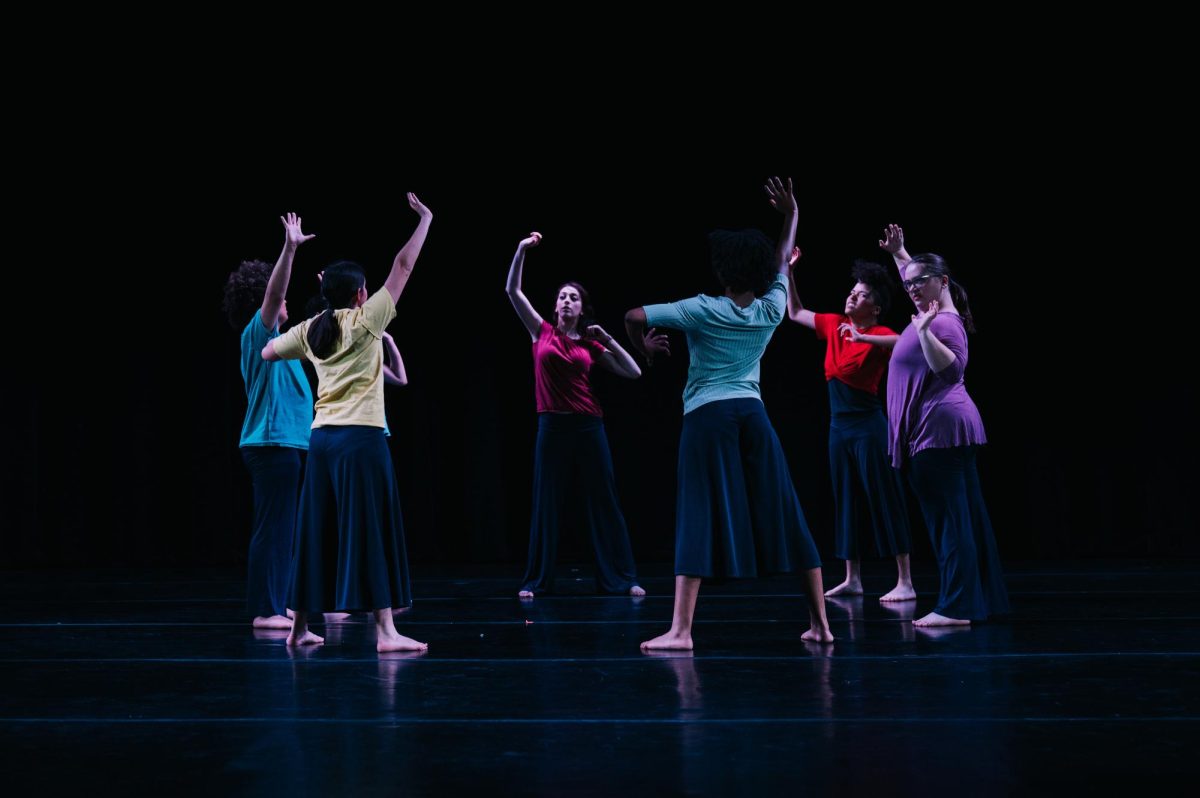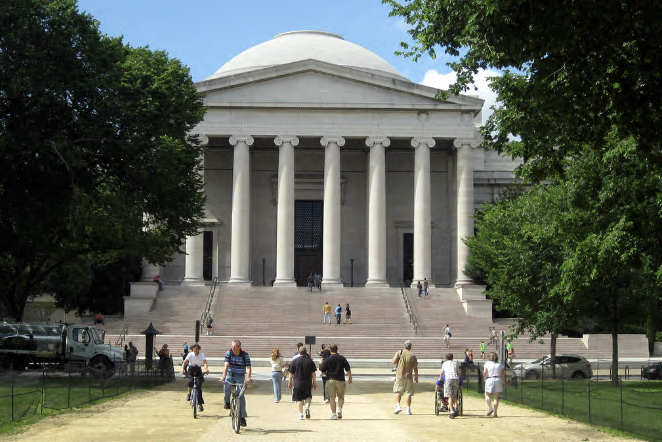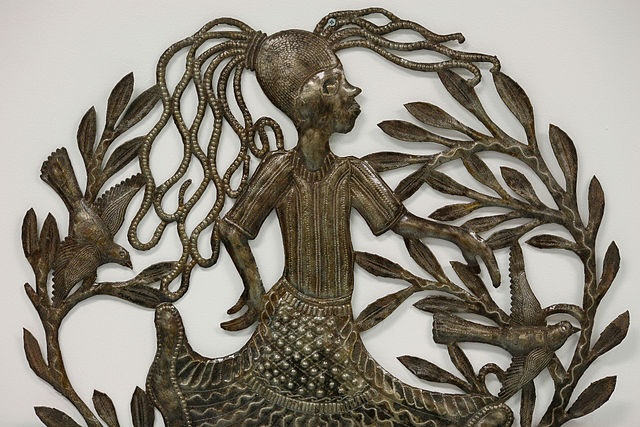The new “Spirit & Strength: Modern Art from Haiti” exhibit at the National Gallery of Art (NGA) in Washington focuses on preserving the authenticity and culture of the Haitian people’s everyday lives. Currently, 21 works depicting Haiti’s contributions to the African diaspora are on display in the Eastern part of the Museum. The works tell a story of resilience and Black excellence through adversity.
When people think of Haitian society, they often default to the common narrative: gang violence, crime, and political and economic instability. However, this preconception overlooks Haiti’s resilience and rich history. The National Art Gallery describes how Haitians fought to break free from the shackles of French colonization, galvanizing the first successful slave revolt and challenging the prevailing notion of white supremacy. Haiti became a symbol of resilience and a source of inspiration for enslaved people worldwide.
“Haitians believe that the ideals of every person are created equal and that was manifested by the slave revolt and the establishment of this nation at the dawn of the 19th century,” said Lily Cerat, a student at Brooklyn College Haitian Studies Institute, to a Forbes interviewer.
Americans did not want enslaved people within the United States to see the success of the rebellion in Haiti, so to halt the upward progression of the country, they made the revolters — who were formerly enslaved— pay reparations, which contributed to the stagnation of their economic growth.
In more recent times, the Official Forbes page highlights how President Donald Trump exploited Haitians in Springfield, Ohio by wrongfully stating that they were lazy and violent people to support the notion that immigrants are dangerous, uncivilized and are trying to replace Americans. In the Museum’s exhibit, Haitian artists use their art as an avenue to combat this by highlighting the similarities of migrant Haitians’ everyday lives with those of Americans.
The exhibit is meant to challenge visitors’ views as they consume the works of art and help showcase the humanity behind the painting. Additionally, it aims to help find common ground and a sense of unity to highlight the Haitian community.
The exhibition includes works from famed Haitian artists such as Myrlande Constant and Philomé Obin. Obin’s painting, “President Tiresias Sam Entering Cap-Haïtien,” dates back to 1958 and depicts the leader on horseback being welcomed by an applauding crowd. From beads and sequins on fabric to lithographs, the exhibition’s diverse collection of works enlightens visitors about the colorful variety of Haitian artwork.
Curator Peter Kelly, a fellow at Below Grand Gallery in New York City, particularly appreciated the exhibit’s effort to highlight Haitian artwork as prominent and unique. “Haitian history is completely distinct, and a focus on its specific visual history is a marked difference from broader conversations happening in the West that contextualize all Caribbean nations of a group within a global framework.”
The exhibition’s historical context can also help visitors understand its curatorial decisions. “[Spirit & Strength] was a curated selection from a gift to the museum by an individual private collector — I would look at it primarily as a story about Haitian art history through the eyes of the collector,” he added. “I think the fact that the NGA would choose to highlight this collection speaks to the increased institutional interest in the cultural history and diverse perspectives within the Caribbean.”
From now to March 9, visitors to the National Gallery will have a chance to visit “Spirit & Strength” and contemplate an equal truth: the difference, particularity and vision of people who have fought to have their voices heard. The NGA is open from 10:00 a.m. to 5:00 p.m. daily.




